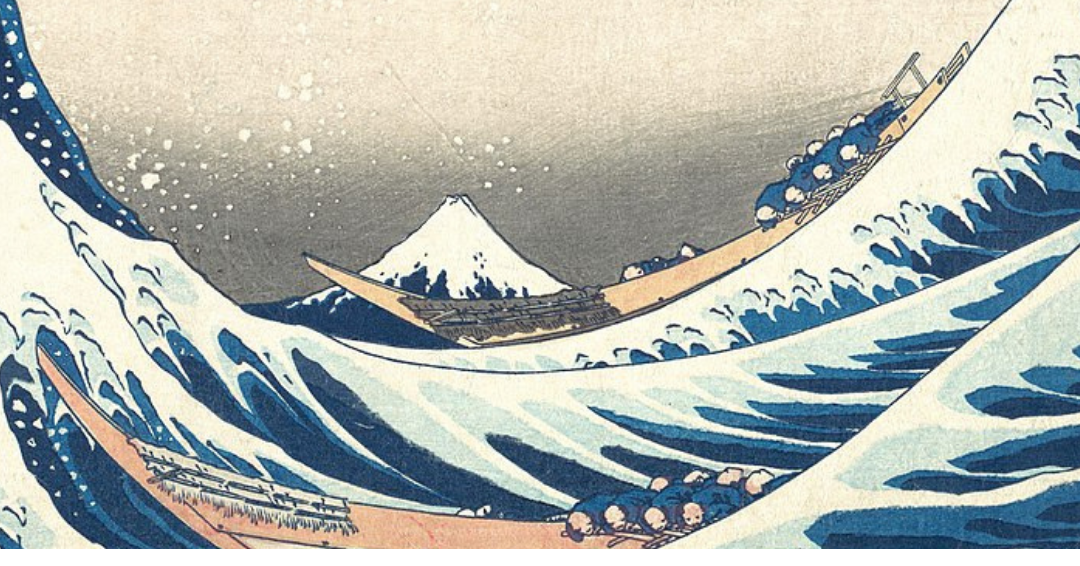The Deep Meaning Behind ‘The Great Wave Off Kanagawa’ By Hokusai
Sometimes art has more to it than first meets the eye.
Sometimes art has more to it than first meets the eye. A simple piece of work may have deep meanings or hidden pieces that reveal themselves to those who know what to look for, and that’s true of the famous piece, “The Great Wave Off Kanagawa,” by Hokusai.
James Payne of Great Art Explained did a deep dive explanation of the woodblock print art piece and it’s really incredible to learn more.

Japanese artists were inspired by the unique conditions of the time period. As Payne takes the time to explain, these artists are the result of a very restrictive political environment. There was also a distinct lack of outside influences, which caused many of them to turn as far inwards as possible before creating. They used their own experiences as a form of inspiration.

“In 1639 Japan closed its borders and cut itself off from the outside world. Foreigners were expelled, Western culture was forbidden, and Entering or leaving Japan was punishable by Death. It would remain that way for over 200 years. …The Great Wave of Kanagawa by Hokusai was made around 1830, it was a time when the rest of the world was becoming industrialized and the Japanese were concerned about foreign invasions,” Payne shared.

“At first sight, the great wave is simply an image of a serene and timeless Japan, but take a closer look and you see that this beautiful wave is about to engulf three boats of terrified fishermen as Mount fuji and the shores of Japan recede into the distance. This is an image of Japan, fearful that the sea which has protected its peaceful isolation for so long will become its downfall,” Payne says.
Watch the video below to learn more:
SKM: below-content placeholderWhizzco for DOT

